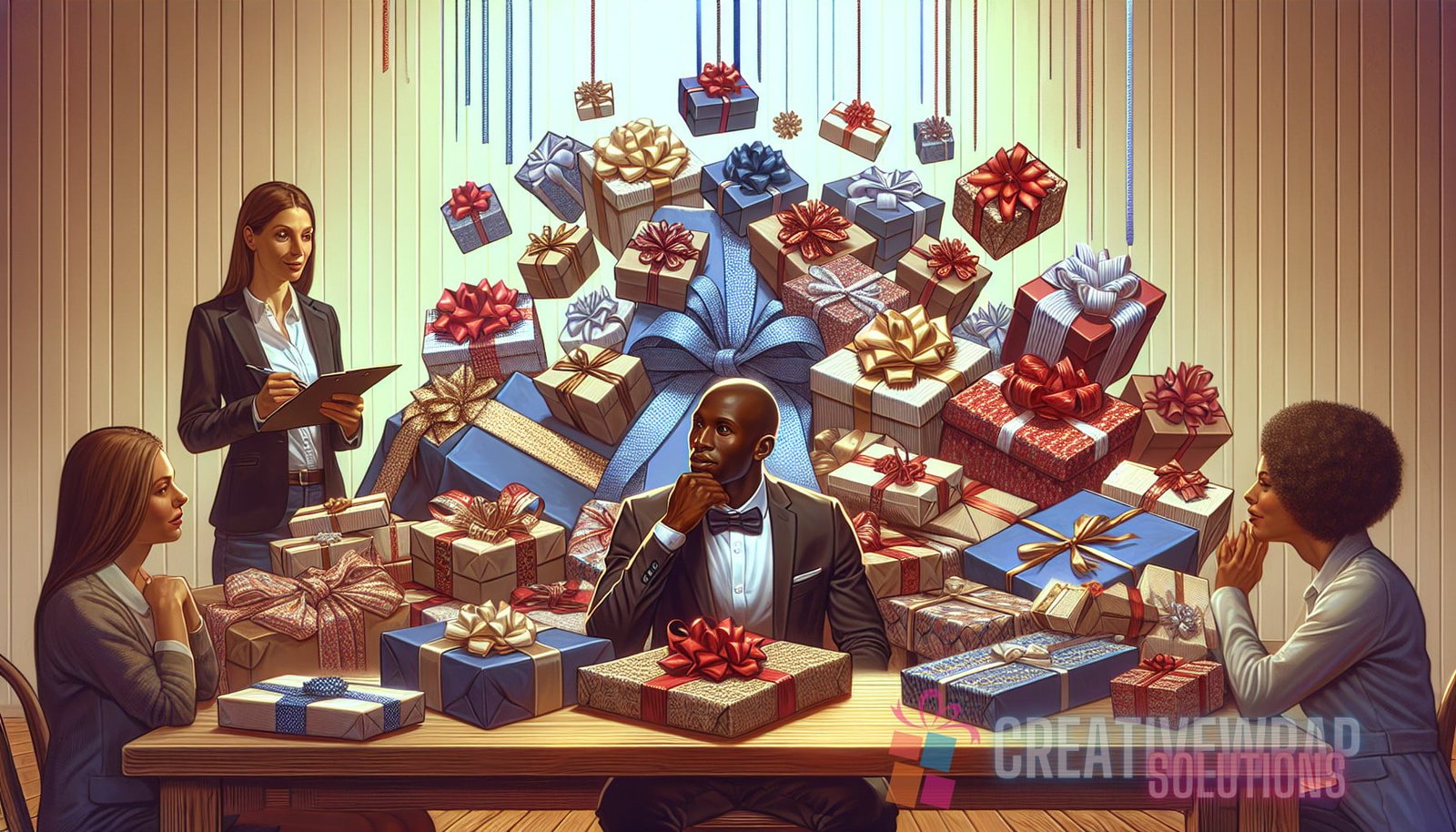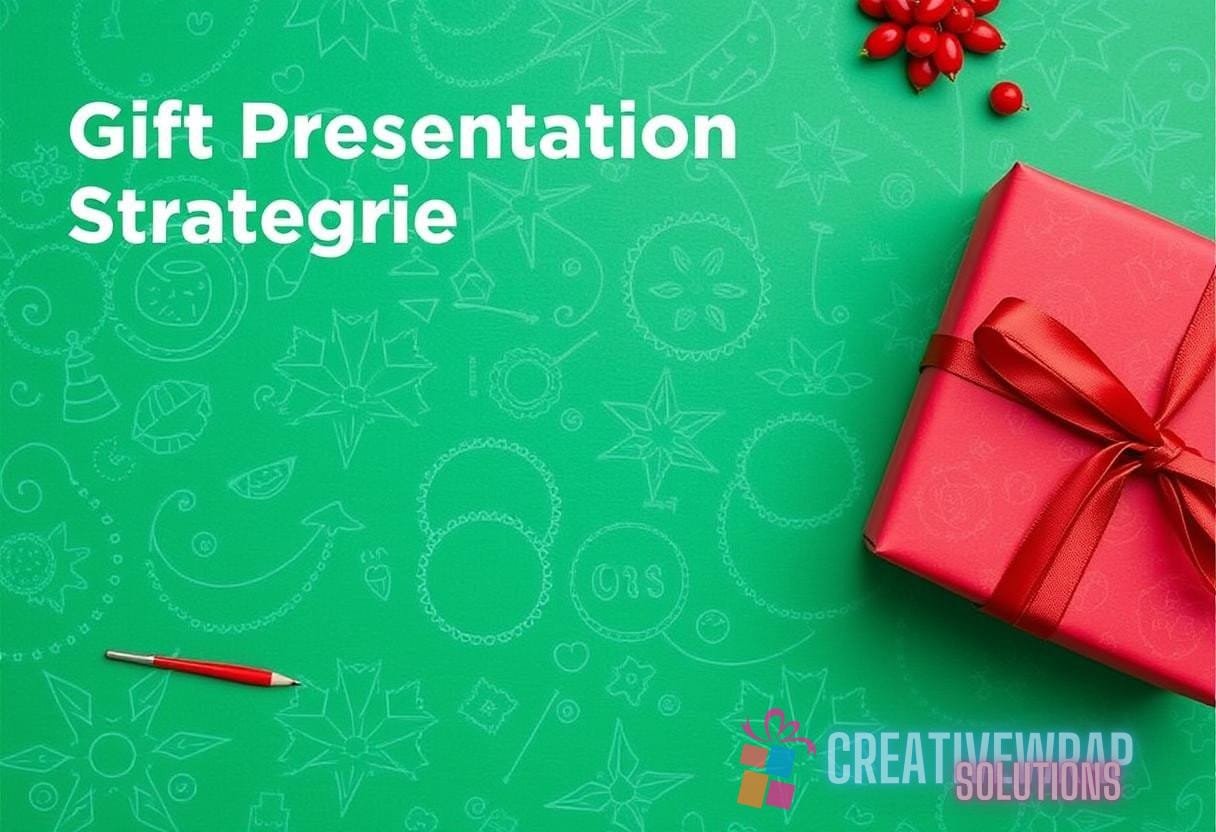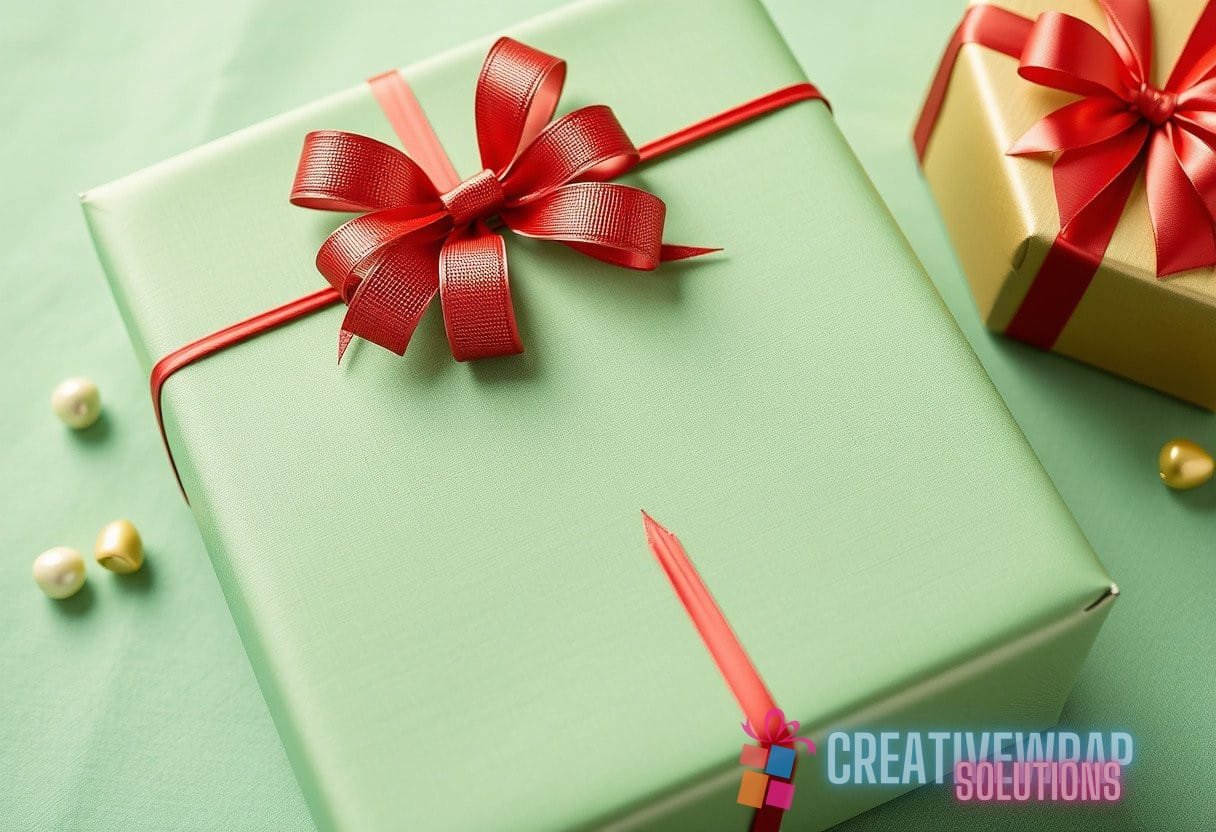The Art of Surprise: Unveiling the Psychology Behind Gift Wrapping for Memorable Occasions
Gift-giving is a time-honored tradition that has been practiced for centuries across cultures and societies. Whether it’s for birthdays, weddings, holidays, or other special occasions, the act of presenting a gift is a meaningful gesture that fosters social connections and emotional bonds. While the gift itself holds significance, the art of gift presentation through skilled and creative wrapping has the power to heighten the anticipation and excitement of the recipient. In this article, we will delve into the psychology behind gift wrapping, exploring its impact on the overall gifting experience and the emotions it evokes.
The Importance of Gift Presentation
Gift presentation goes beyond superficial aesthetics; it plays a crucial role in shaping the recipient’s perception of the gift, the giver, and the occasion. Psychology studies have shown that the presentation of a gift heavily influences the perceived value, thoughtfulness, and effort put into the gift itself. A well-wrapped gift demonstrates care, attention to detail, and a desire to create a memorable experience. On the other hand, a poorly wrapped or hastily wrapped gift can convey a lack of effort or thoughtfulness.
By enhancing the visual appeal and creating an element of surprise, gift presentation takes the act of gift-giving to another level, making it more than just a material exchange. It transforms the occasion into a shared experience, engaging the senses and evoking emotions of joy, anticipation, and curiosity. The act of unwrapping a gift becomes a moment of excitement, with the anticipation of discovering what lies inside.
An article available at Creative Wrap Solutions states that gift wrapping amplifies the symbolism associated with the gift, allowing the giver to convey their feelings, values, and intentions non-verbally. It adds an element of surprise and mystery, capturing the recipient’s attention and creating a sense of wonder.
The Psychology of Unwrapping
Unwrapping a gift triggers a variety of psychological mechanisms that contribute to the overall enjoyment of the gifting experience. The suspense and surprise factor inherent in gift wrapping heighten the recipient’s excitement, leading to a release of feel-good hormones like dopamine.
According to studies conducted by consumer psychologists, the act of unwrapping a gift activates the reward center in the brain and triggers positive emotional responses. This phenomenon can be attributed to the element of surprise and the anticipation of what lies beneath the wrapping. As the layers are peeled away, the excitement builds, leading to a moment of satisfaction and delight when the gift is finally revealed.
This emotional journey from anticipation to fulfillment creates a lasting memory associated with the gift and the occasion. A well-wrapped gift has the power to make a lasting impression, generating a positive association between the giver and the recipient. It showcases the giver’s thoughtfulness and attention to detail, leaving a lasting impact on the recipient’s perception of the relationship.
The Role of Color and Design
Color and design play a crucial role in gift wrapping, as they have a profound impact on our emotions and perceptions. By carefully selecting the colors and patterns of wrapping paper, ribbons, and bows, gift-givers can evoke specific emotions and set the tone for the gifting experience.
The color psychology behind gift wrapping suggests that different colors elicit different emotional responses. Red, for example, is associated with passion, love, and excitement, making it an ideal choice for romantic occasions such as Valentine’s Day or anniversaries. Blue conveys a sense of calmness and tranquility, making it suitable for more serene and peaceful occasions. Yellow is often associated with joy and happiness, making it a great choice for birthdays and celebrations.
The design and pattern of the wrapping paper also contribute to the overall aesthetic appeal and emotional impact. Floral designs evoke a sense of femininity and elegance, while geometric patterns convey a more modern and contemporary feel. By matching the design to the occasion and the recipient’s preferences, gift-givers can create a cohesive and personalized gifting experience.
Unconventional Gift Wrapping Techniques
While traditional gift wrapping techniques are widely practiced, some gift-givers prefer to take a more unconventional approach to surprise and delight the recipient. These alternative wrapping methods can add an extra layer of creativity and uniqueness to the gift presentation process. Let’s explore some of these unconventional gift wrapping techniques:
- Furoshiki: Furoshiki is a traditional Japanese wrapping technique that involves using a square piece of cloth to wrap gifts. This eco-friendly method not only adds a touch of elegance to the gift but also allows the recipient to reuse the cloth for other purposes.
- DIY Wrapping Paper: Instead of using store-bought wrapping paper, gift-givers can create their own wrapping paper using plain butcher paper or craft paper. This allows for greater customization and personalization, as the paper can be decorated with drawings, stamps, or even hand-written messages.
- Origami Wrapping: Origami, the art of paper folding, can be incorporated into gift wrapping to create intricate and decorative designs. By folding the wrapping paper into various shapes such as flowers or animals, gift-givers can add a touch of creativity and surprise to their gifts.
- Reusable Gift Boxes: Reusable gift boxes are a practical and sustainable alternative to traditional wrapping paper. These boxes can be decorated and customized to suit the occasion and can be used by the recipient to store and organize their belongings.
Gifting Symbolism and Fluid Gift Wrapping

Gift wrapping goes beyond aesthetics and surprise; it has deep cultural and symbolic significance in many societies. An article available at Creative Wrap Solutions explores the symbolism associated with gift wrapping and highlights the artistry of fluid gift wrapping practices across cultures.
In many Asian cultures, the act of gift giving is accompanied by intricate and precise wrapping techniques that reflect the giver’s respect and appreciation for the recipient. These fluid gift wrapping techniques utilize fabrics, ribbons, and knots to create beautifully wrapped gifts that are not only visually stunning but also imbued with cultural significance.
For example, in Chinese culture, the color red symbolizes luck and happiness. When wrapping gifts, red envelopes are often used, as they are believed to bring good fortune to the recipient. In Japan, the art of wrapping gifts with a cloth is known as Furoshiki and is considered an environmentally friendly and thoughtful alternative to traditional wrapping paper.
Fluid gift wrapping techniques embrace the concept of mindfulness and attentiveness to the gift-giving process. By taking the time to wrap a gift with care and precision, the giver demonstrates their respect and admiration for the recipient, elevating the act of gift-giving to a higher level.
Innovations in Gift Wrapping
As technology advances, the art of gift wrapping has also evolved to incorporate innovative techniques and materials. These advancements aim to enhance the gifting experience and create unique, memorable moments. Here are some examples of innovations in gift wrapping:
- Interactive Wrapping: Interactive wrapping involves incorporating technology into the gift-wrapping process. This can include adding QR codes or NFC tags to the wrapping paper, which the recipient can scan to reveal personalized messages, videos, or even hidden surprises.
- Musical Wrapping: Musical wrapping paper contains embedded sound chips that play a pre-recorded tune when the paper is touched or unfolded. This adds an element of surprise and delight to the gift-opening experience.
- Living Wrapping: Living wrapping involves using sustainable materials such as plantable seed paper or potted plants as a gift wrap. The recipient can later plant the seed paper or care for the potted plant, creating an ongoing connection and reminder of the gift.
- Virtual Gift Wrapping: With the rise of e-commerce and online shopping, virtual gift wrapping has emerged as a convenient and eco-friendly option. Online retailers now offer digital gift wrapping services, allowing gift-givers to customize and personalize the appearance of their virtual gifts.
The Environmental Impact of Gift Wrapping
While gift wrapping adds beauty and excitement to the gifting experience, it is important to consider the environmental impact of this practice. The use of traditional wrapping paper, ribbons, and bows often results in large amounts of waste that contribute to landfills.
However, there are environmentally friendly alternatives available that allow for sustainable gift presentation. These alternatives include:
- Recyclable Wrapping Paper: Opt for wrapping paper made from recycled materials or paper that is easily recyclable. Avoid using wrapping paper with metallic or glitter finishes, as these cannot be recycled.
- Furoshiki: As mentioned earlier, Furoshiki is a sustainable wrapping technique that involves using a square piece of cloth. The cloth can be reused for other purposes, offering an eco-friendly solution to traditional gift wrapping.
- Reusable Gift Bags: Instead of using disposable wrapping paper, consider using reusable gift bags made from fabric or other sustainable materials. These bags can be used multiple times and help reduce waste.
By adopting these environmentally friendly practices, gift-givers can contribute to a more sustainable and eco-conscious gift-giving culture.
Conclusion
Gift-giving is a universal expression of love, gratitude, and celebration. The art of gift presentation through creative and thoughtful wrapping elevates the gifting experience, evoking emotions of joy, surprise, and anticipation. The psychology behind gift wrapping reveals that the way a gift is presented significantly influences the recipient’s perception of the giver and the gift itself. By incorporating color, design, and innovative techniques, gift-givers can create a memorable and meaningful experience for both themselves and the recipient.
Gift wrapping is not just about aesthetics but also carries deep cultural and symbolic meanings in different societies. Fluid gift wrapping practices reflect cultural traditions and values, showcasing respect and admiration for the recipient.
As we continue to explore new ways of gift presentation, it is important to consider the environmental impact of our choices. By opting for sustainable and ecologically friendly alternatives, we can ensure that the joy of gift-giving is not overshadowed by the environmental consequences.


